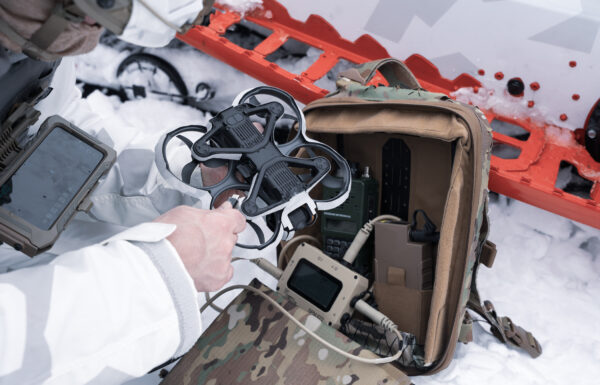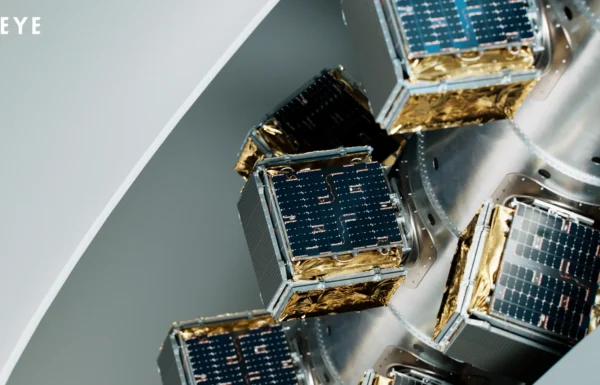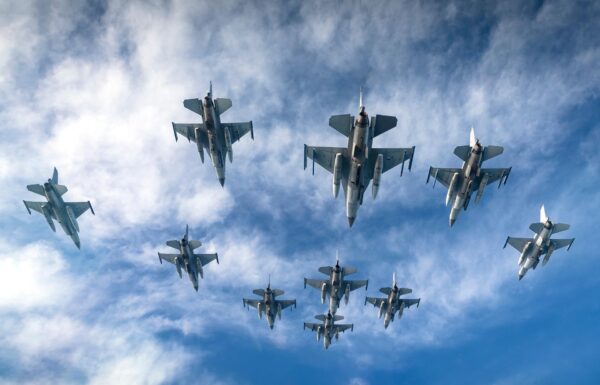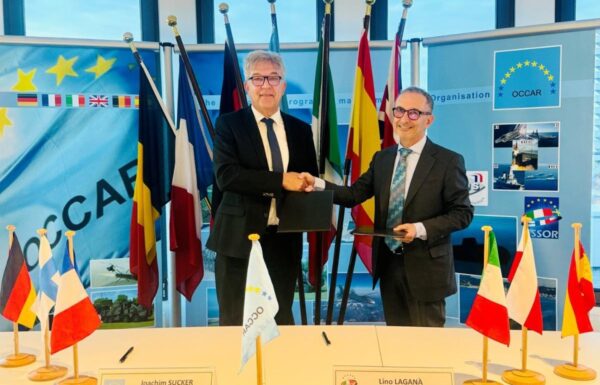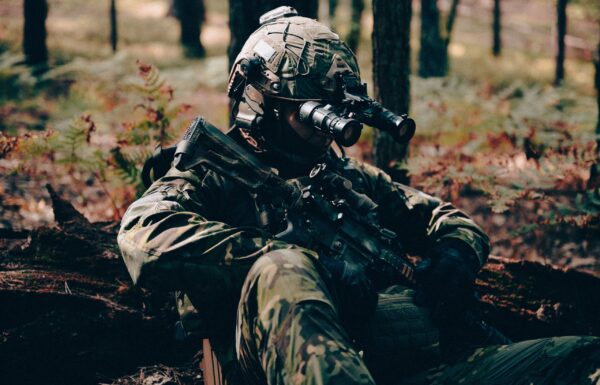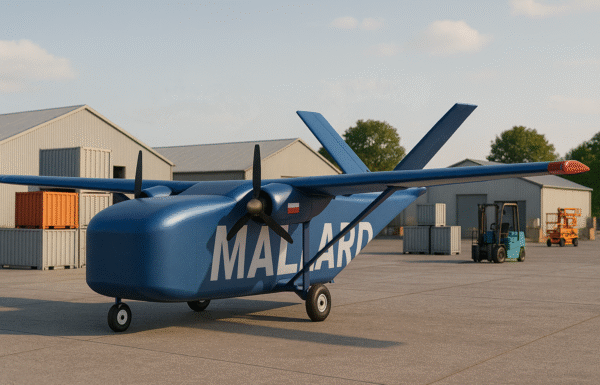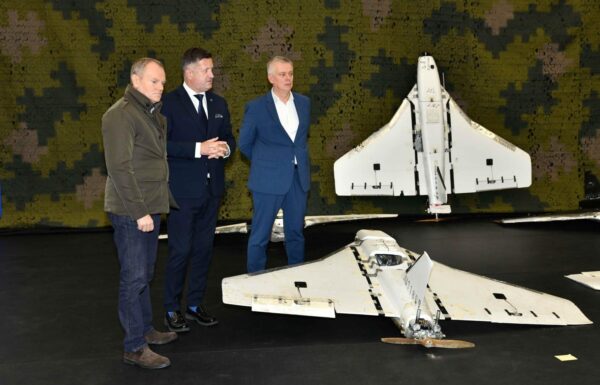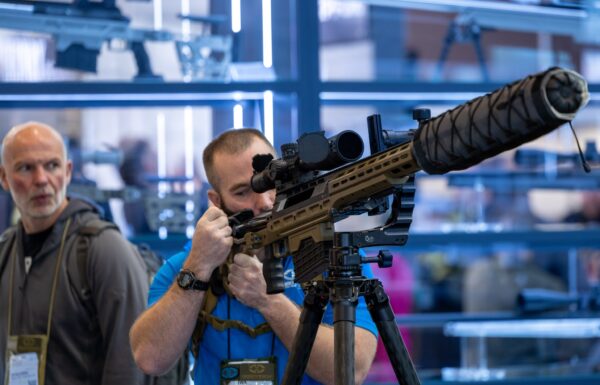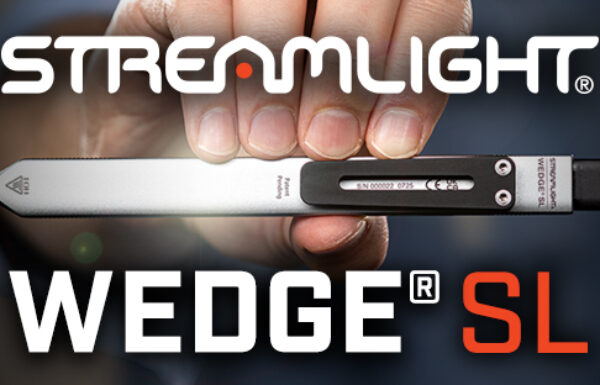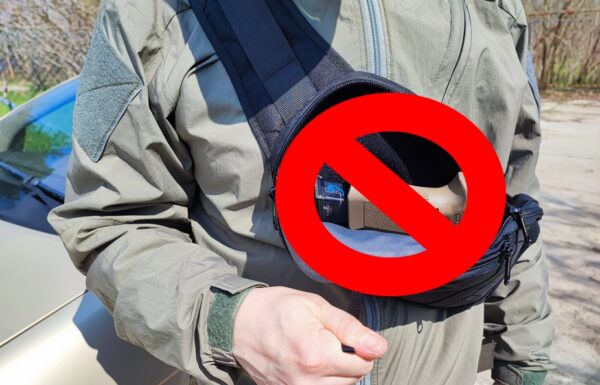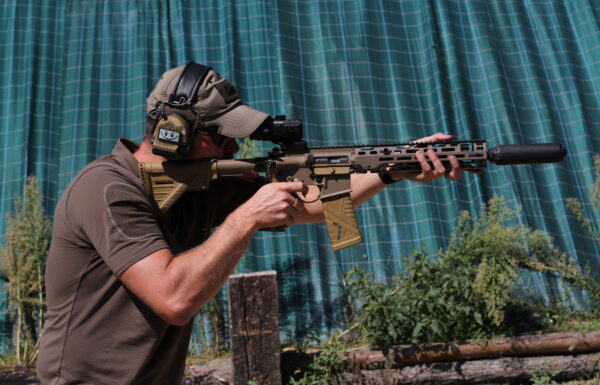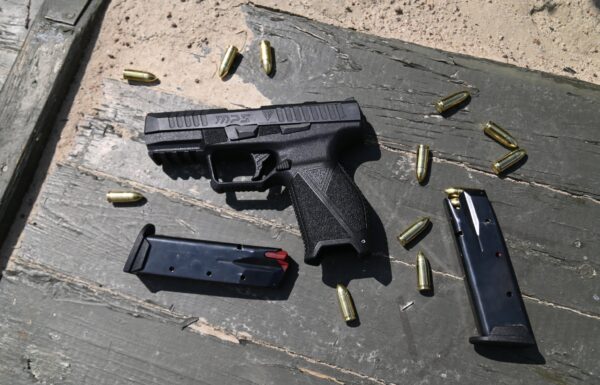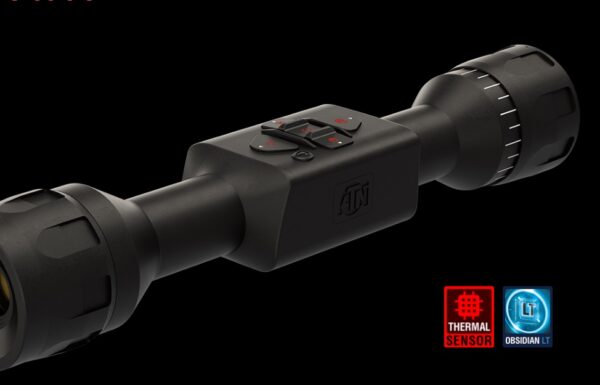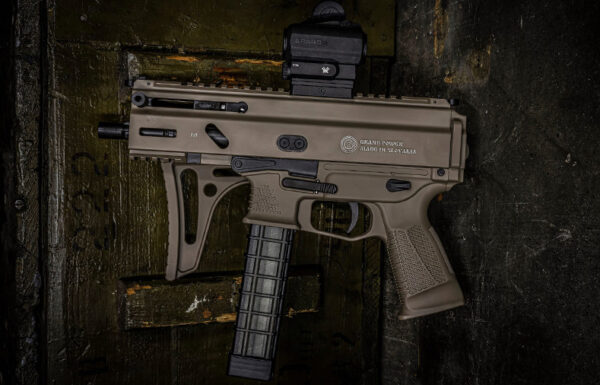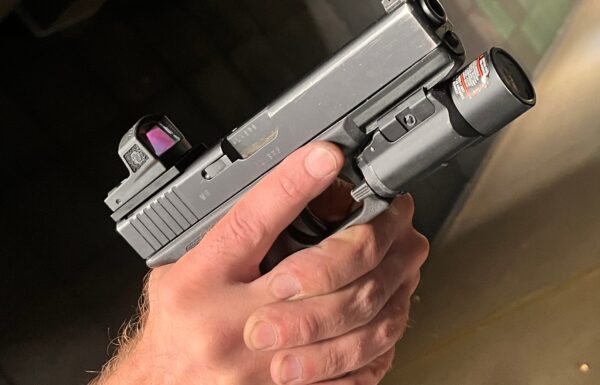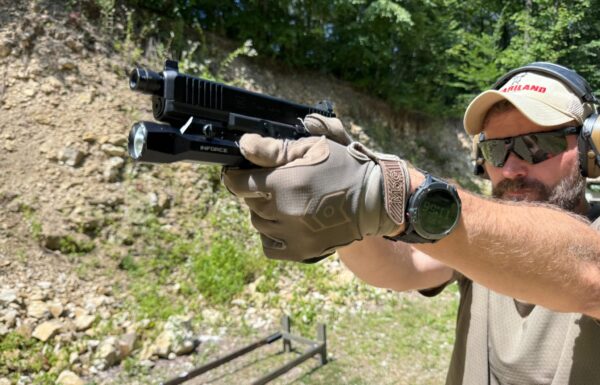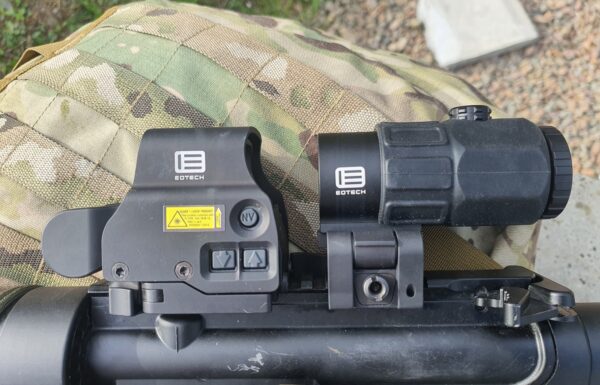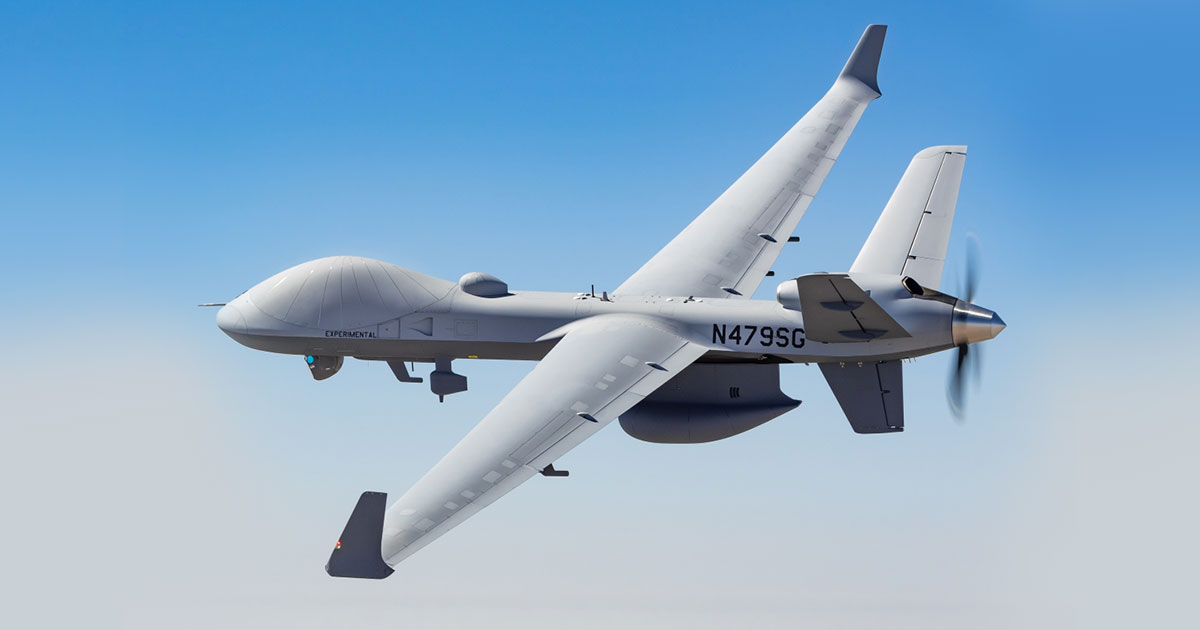On Thursday, June 27, 2024, the American company General Atomics Aeronautical Systems Inc. (GA-ASI) announced that, together with Lockheed Martin, they are working on the integration capabilities of network-centric weaponry, codenamed NEW (Net-Enabled Weapons), with the MQ-9B SeaGuardian MALE-class (Medium Altitude Long Endurance) unmanned aerial vehicle.
The addition of the NEW package to the SeaGuardian, which is the maritime variant of the MQ-9B SkyGuardian unmanned aerial vehicle, will enhance its capabilities in intelligence, surveillance, reconnaissance, and targeting (ISR&T).
The NEW equipment package technologies include enhanced applications of a wide range of optoelectronic and radar targeting sensors for the precise guidance of long-range weaponry. The capabilities of the SeaVue Expanded Mission Capability (XMC) 360-degree maritime, multi-role surface radar from Raytheon (part of RTX Corporation) have been shown to be increased with the application of the NEW package.
Preliminary tests of the package were completed on June 5, 2024, on F/A-18 Super Hornet multirole aircraft at the W-289 range of the United States Navy in Southern California.
GA-ASI and Lockheed Martin are developing an information exchange system in the Link 16 standard for communication between the unmanned aerial vehicle and weaponry during flight using the SeaGuardian Systems Integration Lab (SIL), in preparation for a test flight over water.
“This is a very important system attribute for SeaGuardian to enable naval long-range targeting CONOPS against high-end threats at much less risk to manned platforms,” said GA-ASI President David R. Alexander. “We appreciate Lockheed Martin’s support in helping us prove out the NEW technology, which is an important component of our ISR&T capability.”
Earlier, on March 20 of this year, GA-ASI reported tests of the MQ-9B SeaGuardian for the integration of the Sonobuoy Dispensing System (SDS) pod, which carries satellite-controlled sonobuoys for detecting submarines.
SeaGuardian
The SeaGuardian maritime unmanned aerial vehicle has been used by the U.S. Navy in several recent demonstrations, including Northern Edge, Integrated Battle Problem, and Group Sail exercises. Aircraft in this version are currently operated by the Japan Coast Guard (JCG) and the Japan Maritime Self-Defense Force (JMSDF).
It has so far been integrated with the GA-ASI AN/APY-8T Lynx radar with Synthetic Aperture Radar (SAR) and Ground/Dismount Moving Target Indication (GMTI/DMTI) station, as well as the Leonardo SAGE 750 electronic warfare (ELINT) pod and the Seaspray 7500E V2 radar.
The prototype of this version was first flown on September 11, 2020. In addition to Japan, India and Taiwan have also decided to purchase the maritime version. Apart from the specific maritime equipment mentioned above, it differs from the standard MQ-9B SkyGuardian by its fully composite construction’s resistance to operations in all weather conditions, including higher air temperatures, humidity, and salt content, which, as is widely known, has destructive effects on metals.
On the other hand, the land variant SkyGuardian has so far been chosen by the United Kingdom, Belgium, Canada, and the U.S. Air Force Special Operations Command (AFSOC), with Poland and the United Arab Emirates soon to join them. Australia has decided not to proceed with the purchase.


